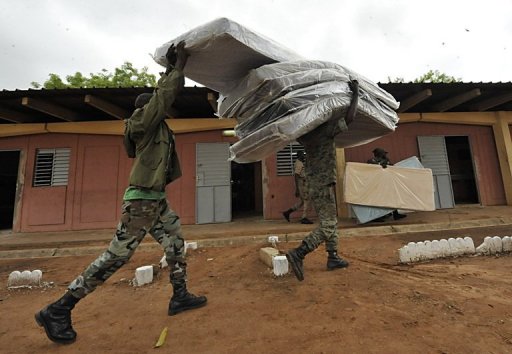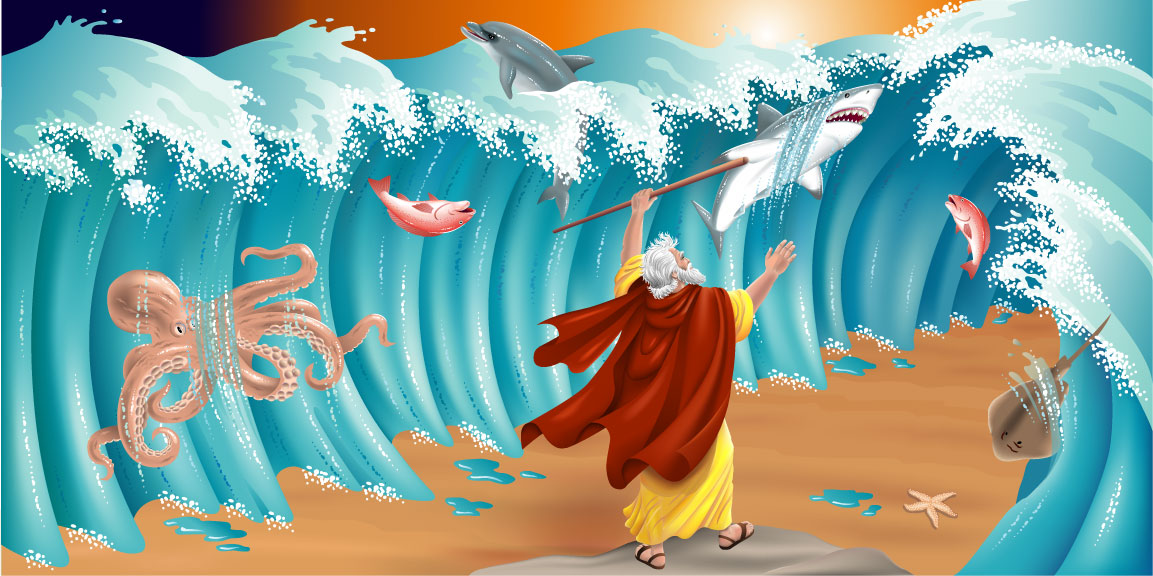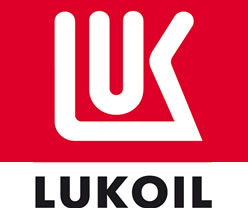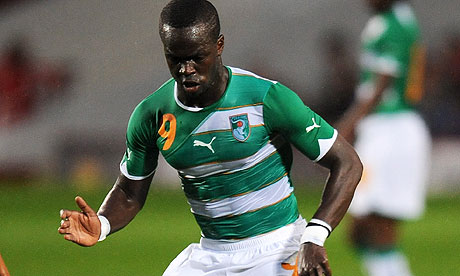Photos of Ivory Coast and Sudan: Visual Codes, Affirming Narratives
by Le Magazine de la Diaspora Ivoirienne et des Ami(e)s de la Côte d’Ivoire | 13 janvier 2011 23 h 25 min
For western eyes, Sudan has most often appeared as a site of famine or war, be it in the south or Darfur. Said to be “one of the hollow-bellied places of the world” or a landscape “seared by war,” the continent’s largest country has often been rendered via stereotypical images.
The politics of the situation facing Sudan is inevitably complex (the International Crisis Group has excellent analyses of the situation here and Alex de Waal has his usual profound insights here). So how can it be visualized? How can politics be represented in pictures?
This week we have seen two conventional strategies in response to that challenge. The first is to invoke images from the past…
The second is to record the appearance of the visible traces of politics, namely leaders engaged in ceremonies where the trappings of sovereignty are evident. Peter Martell’s[1]pictures[2] of President Omar al-Bashir’s visit to the south earlier this week are an example of this, showing Bashir’s welcome by the south’s leader Salva Kiir, with the requisite red carpet, military officials and marching band.
It is a lot to ask of a single photograph that it represent the complexities of politics, no matter how talented the photographer. No doubt in the week ahead we will see pictures of polling stations, queues of voters, and people raising inky fingers to signify the completion of their electoral act (hopefully images of conflict will be absent). Who, though, will produce something a little different?
This is what David Campell has to say about the visual representations of the referendum in Sudan. The last paragraph is especially poignant and I think it’s important to try and imagine what a photograph that captured these complexities would look like. A group of South Sudanese in heated debate, perhaps with political posters on a wall behind them framing their engaged expressions? A voter leaving a polling station with a look of dismay, confusion, or trepidation on his or her face, rather than the stock happy voter images we’re seeing over and over? I’m not that either of these theoretical images, or any image for that matter, might do the trick. Perhaps this isn’t the kind of complexity that can be captured through spot news photography.
In Ivory Coast, an equally complicated political situation is being widely photographed. In yesterday’s New York Times, a story about civilians paying the price for political tumult is accompanied by two photographs by different photographers of dead bodies.


The question is what each photograph tells us about the politics of the situation, and the answer, I fear, is very little.
I strongly believe this has far more to do with the demands of newspaper photography and news imagery than any shortcoming on the part of the photographers. Both snappers are well established image makers who have worked in West Africa for many years and undoubtedly know far more about the politics involved than either of these images lets on.
In an interview, Stephen Mayes, managing director of VII, says:
Rather than looking at oneself, and at one’s own experience, what photojournalism has become is the process of looking at others in a way that is intrinsically remote and idealized. Representations of war, for instance, fall into standardized forms. There are certain [visual] codes that recur. What I tend to find is that so much journalism we see is about affirming what we already know, instead of challenging us to broaden our horizons.
The photographs coming out of Sudan and Ivory Coast at the moment mainly reflect instances of these known visual codes. This is partially because they are all news photographs, which are constrained by factors like time, budget, and logistics, and partially it’s because this is what newspapers think that readers want. They are documents of the situation, verification of what’s happening and when, rather than explanations or commentary.
The numbers of comments on Chris Blattman or Jina Moore’s blog that delve into the details and nuances of just what is going on in Ivory Coast clearly point to the fact that not all readers want simple narratives, and I would argue this could extend to a desire for photographs that are more than known visual codes as well.
Readers, what do you think? Do these types of photos do the trick when it comes to illustrating what’s going on? Or do you want to see something else? Also, can anyone point to examples of images that illustrate politics, in Africa or elsewhere, more effectively than these do?
Here’s one of my favorite images by Ami Vitale[3] of a rally in Kashmir that manages to be both political and metaphorical, and through its use of metaphor demands that I as a viewer challenge my assumptions and seek to learn more about what’s happening.
- Peter Martell’s: http://www.guardian.co.uk/world/2011/jan/04/bashir-south-sudan-independence-vote
- pictures: http://www.bbc.co.uk/worldservice/news/2011/01/110104_sudan_wt_sl.shtml
- Ami Vitale: http://amivitale.photoshelter.com/gallery/Kashmir/G0000NbQu48dKpNI/
- [Image] : https://www.bluehost.com/track/atteby/
Source URL: https://www.ivoirediaspo.net/photos-of-ivory-coast-and-sudan-visual-codes-affirming-narratives/3718.html/

 [4]
[4]


